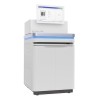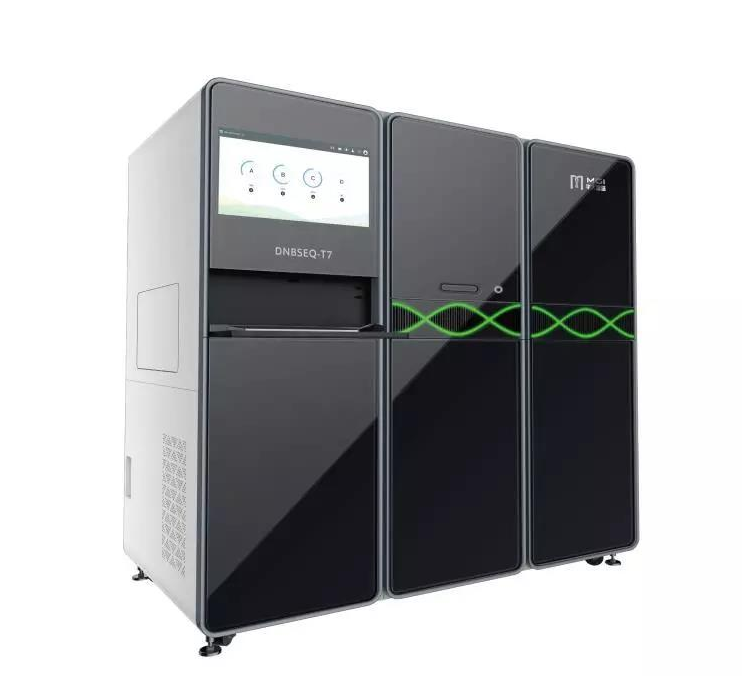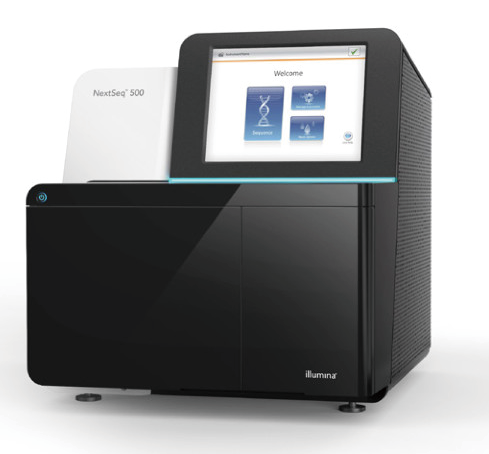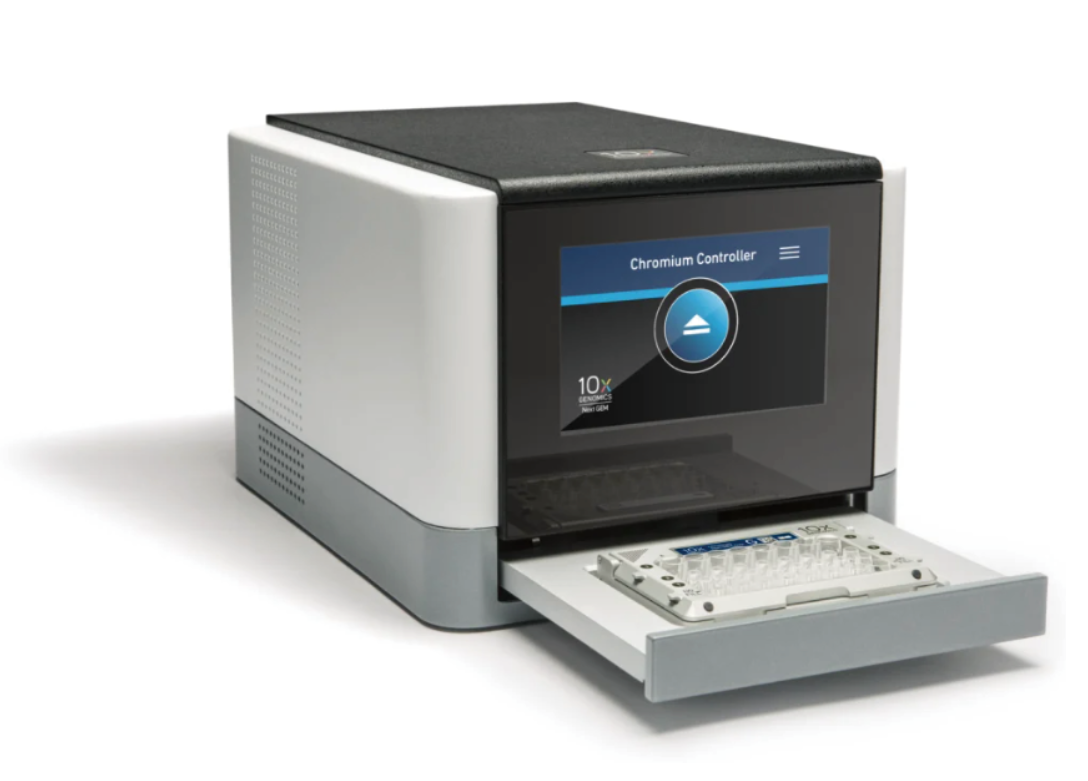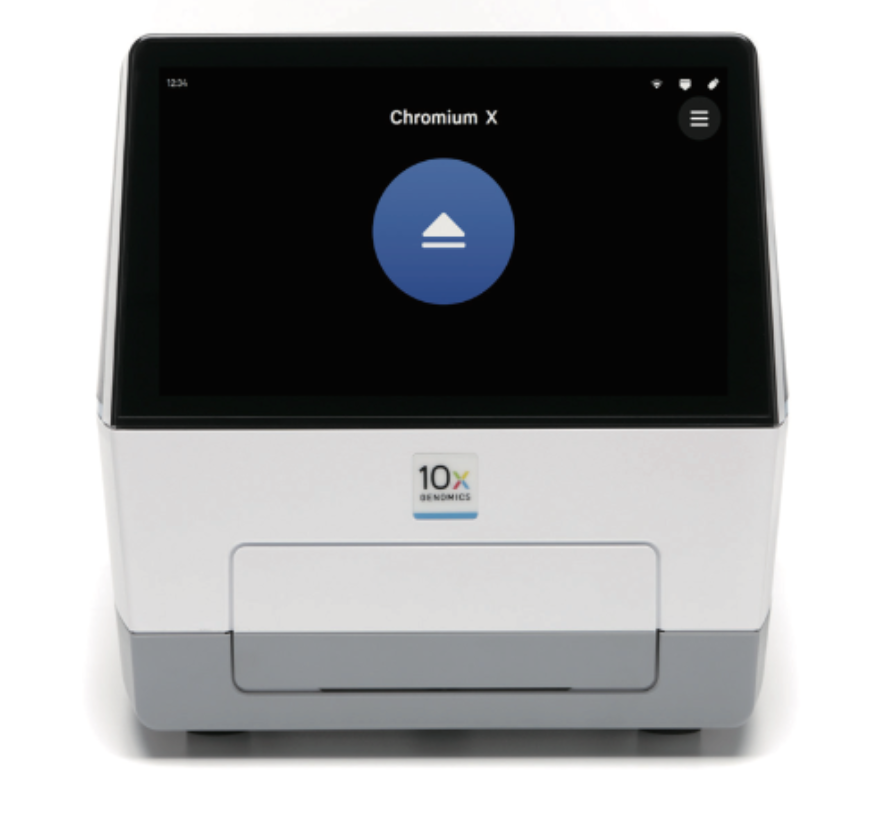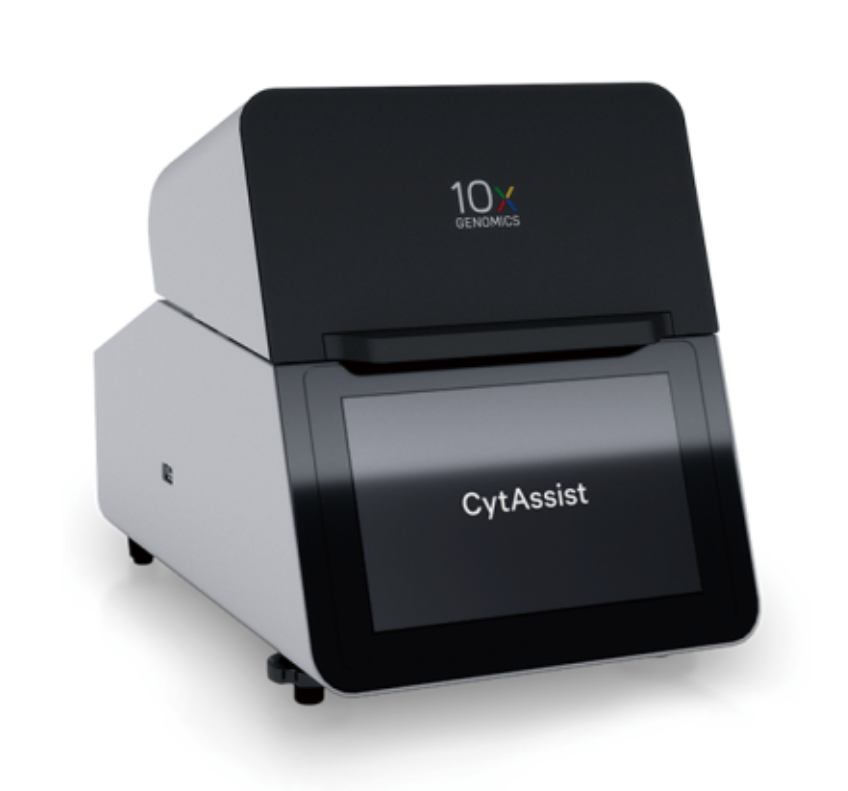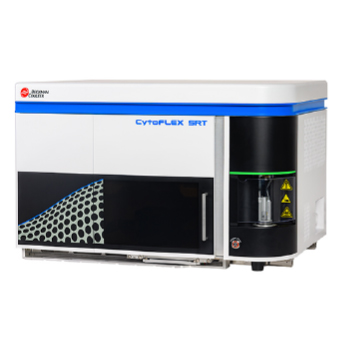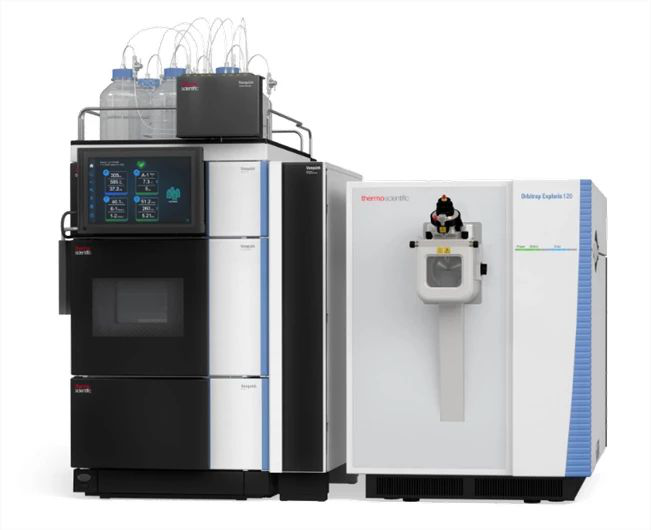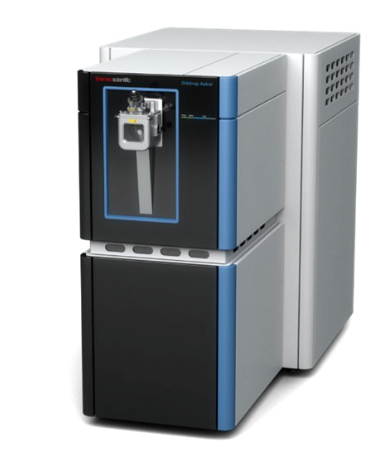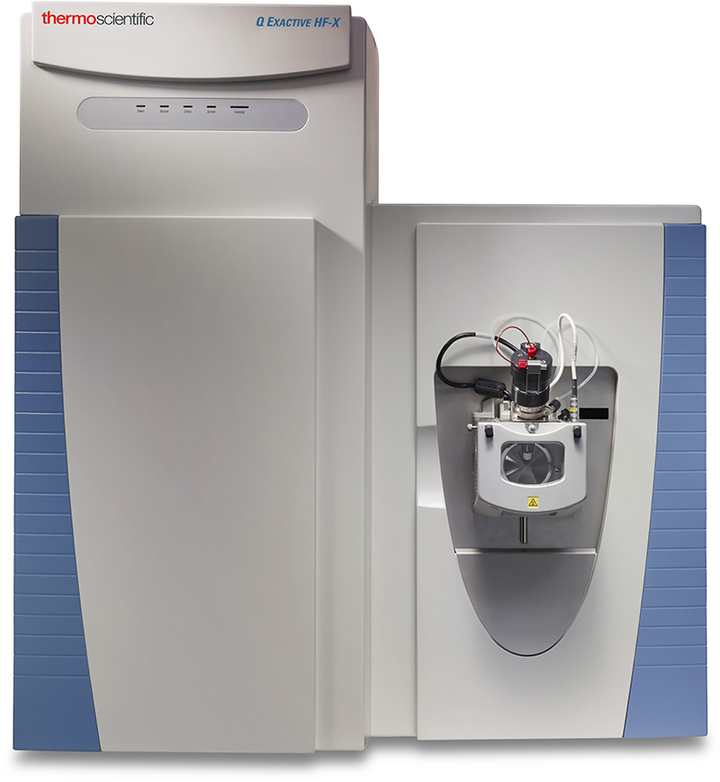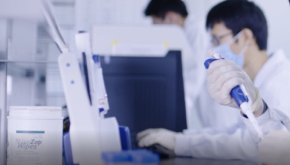1) Is the species with low methylation rate? Six species reported with low methylation rate are drosophila, flour beetle, Saccharomyces cerevisiae, Schizosaccharomyces pomonella, nematode and Aspergillus flavus.
2) The completion of this species genome affects bisulfite-seq alignment. The genome is assembled at least in scaffold level with more annotation.
3) Whether there are complex factors in genome: high GC content, high heterozygosity, transposons, repeat regions, etc.
4) The species is eukaryote.



